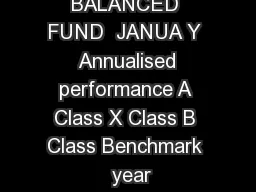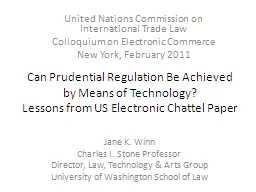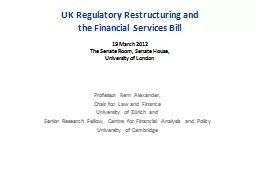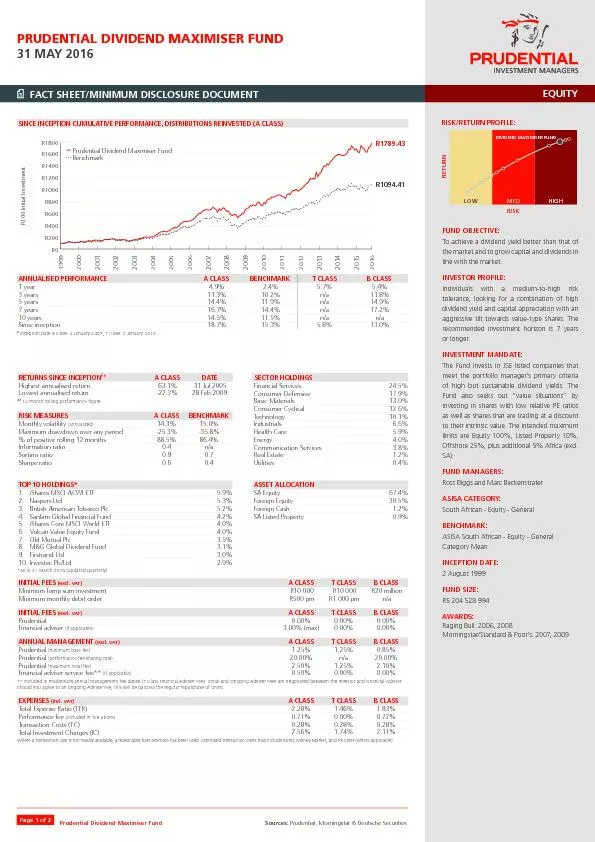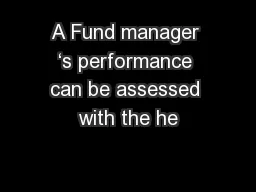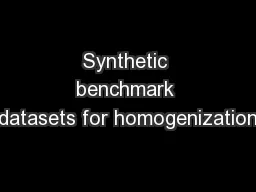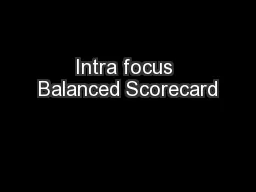PDF-PRUDENTIAL BALANCED FUND JANUA Y Annualised performance A Class X Class B Class Benchmark
Author : min-jolicoeur | Published Date : 2015-02-21
1 155 160 125 3 years 182 na 191 143 5 years 160 na 171 126 7 years 126 na 136 102 10 years 152 na 163 127 Since inception 156 179 162 135 Inception dates X Class
Presentation Embed Code
Download Presentation
Download Presentation The PPT/PDF document "PRUDENTIAL BALANCED FUND JANUA Y Annua..." is the property of its rightful owner. Permission is granted to download and print the materials on this website for personal, non-commercial use only, and to display it on your personal computer provided you do not modify the materials and that you retain all copyright notices contained in the materials. By downloading content from our website, you accept the terms of this agreement.
PRUDENTIAL BALANCED FUND JANUA Y Annualised performance A Class X Class B Class Benchmark: Transcript
Download Rules Of Document
"PRUDENTIAL BALANCED FUND JANUA Y Annualised performance A Class X Class B Class Benchmark"The content belongs to its owner. You may download and print it for personal use, without modification, and keep all copyright notices. By downloading, you agree to these terms.
Related Documents

